Samsung HW-Q600C review: a soundbar and sub combo with underwhelming Dolby Atmos
Samsung HW-Q600C review: Two-minute review
The Samsung HW-Q600C is a usefully compact, usefully specified soundbar/subwoofer system, and is ideal for use with smaller (think under 55-inch) TVs in less-than-cavernous rooms. Because it’s a Samsung product, it’s properly built from decent materials, and because it’s a Samsung product it’s simplicity itself to set up and operate (even though the control options are somewhat limited).
Because it’s a Samsung product it pretends there’s no such thing as Dolby Vision HDR, too – but that’s unlikely to be a deal-breaker for anyone who doesn’t want to use its 4K HDMI passthrough functionality.
In many ways it’s an admirable performer where movie soundtracks are concerned. Certainly the integration between soundbar and subwoofer is smooth, and there’s detail aplenty available throughout the frequency range. The Samsung grips and steers effect well, and organises a coherent and convincing soundstage like some of the best soundbars.
It’s far from the last word in sonic height, though, and is unlikely to blow you away with the spatial audio aspect of its reproduction. Slightly less critically, it’s a less-than-inspiring listen if you decide to use it as a music system, too. Rhythmic expression, in particular, is a bit lumpy.
If you can live with its mild-but-undeniable shortcomings, though, the Samsung HW-Q600C is a solid option for those with smaller TVs in smaller rooms and who are on a smaller budget.
Samsung HW-Q600C review: Price and release date
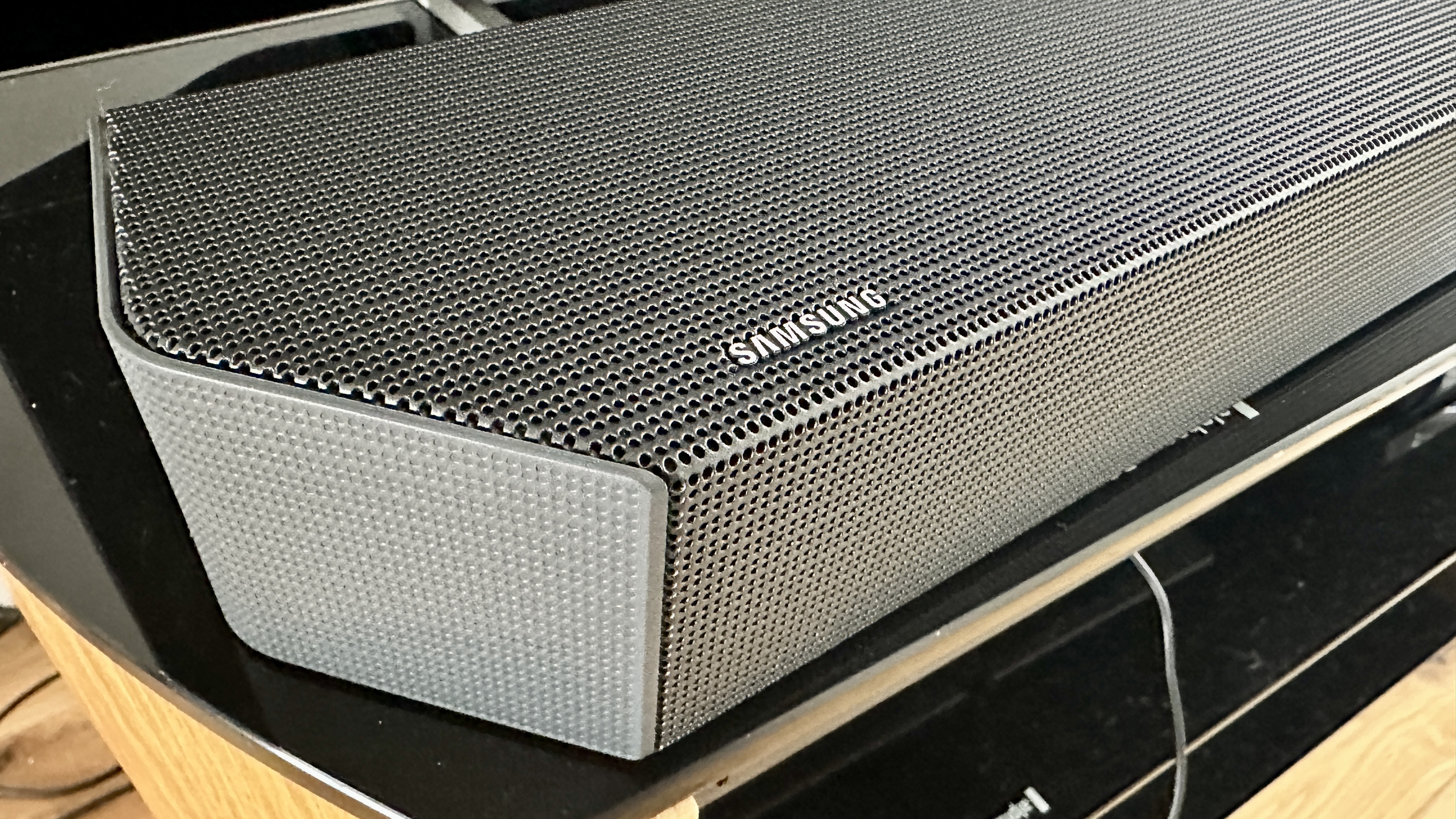
- September 2023
- $599 / £549 / AU$799
The Samsung HW-Q600C launched in September of 2023. In the United States, it sells for a maximum of $599, in the United Kingdom, it’s no more than £549, while in Australia it costs AU$799, tops. Anyone with half an idea of how to operate a search engine should be able to better those prices without too much effort.
Even if you end up paying top whack, though, there’s plenty of product here for your money. But you should be aware that a similar spend gets you the similarly specified Sony HT-G700, the subwoofer-less Bose Smart Soundbar 600 or the Philips B8905, though – so the Samsung is not what you’d automatically call a ‘no-brainer’...
Samsung HW-Q600C review: Features
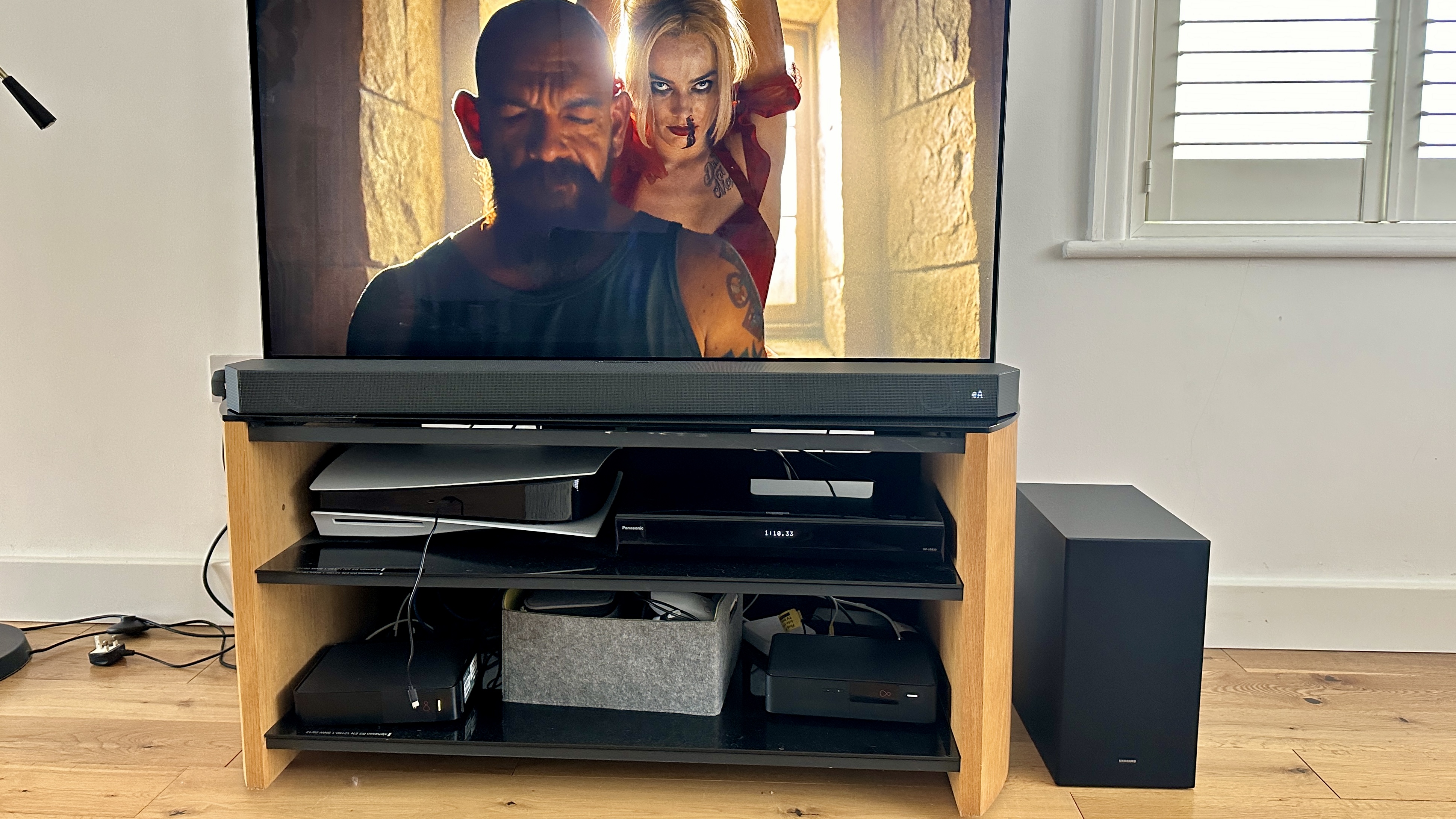
- Nine speaker drivers in the soundbar
- Single 165mm driver in the subwoofer
- 360 watts of power
Samsung isn’t exactly making with the specifics, but it’s prepared to divulge the number, if not the size or composition, of the drivers in the soundbar. There are three on either side of the front face, dealing with left- and right-channel information. Another sits in the centre, where it takes care of – hey! – the centre-channel stuff. Two more fire upwards from the top of the soundbar via Samsung’s ‘Acoustic Beam’ technology, and are charged with creating the ‘height’ aspect of Dolby Atmos and/or DTS:X movie soundtracks. The subwoofer, meanwhile, has a single forward-facing 165mm bass driver doing the low-frequency business. Amplification is of the Class D variety, and there’s a total of 360 watts shared out between the drivers.
As far as connectivity is concerned, it’s easiest to deal with the subwoofer first. It connects wirelessly to the soundbar, so should really only need to be plugged into the mains using the figure-of-eight socket on the rear (below the gaping bass reflex port). There’s also a little button to initiate pairing in the unlikely event it doesn’t happen automatically.
There are a couple of recesses at the rear of the soundbar. One has an input for mains power and a USB slot that’s purely for servicing. The other features a digital optical input and a couple of HDMI sockets, one of which is eARC-enabled. That means 4K passthrough (with HDR10+ but not Dolby Vision HDR) is available. For wireless connections, the HW-Q600C has Bluetooth 5.0, with SBC and AAC codec compatibility.
There are four sound modes available: ‘standard’, ‘surround’, ‘game pro’ and ‘adaptive’. Those first three are pretty obvious – ‘adaptive’ attempts to assess the content you’re watching in real time and adjust the soundbar’s output to suit. The HW-Q600C is also compatible with Samsung’s ‘Q Symphony’ technology, so if it’s paired with a suitable Samsung television then the TV’s speakers can complement the soundbar’s output rather than be overridden by it.
Features score: 5/5
Samsung HW-Q600C review: Sound quality
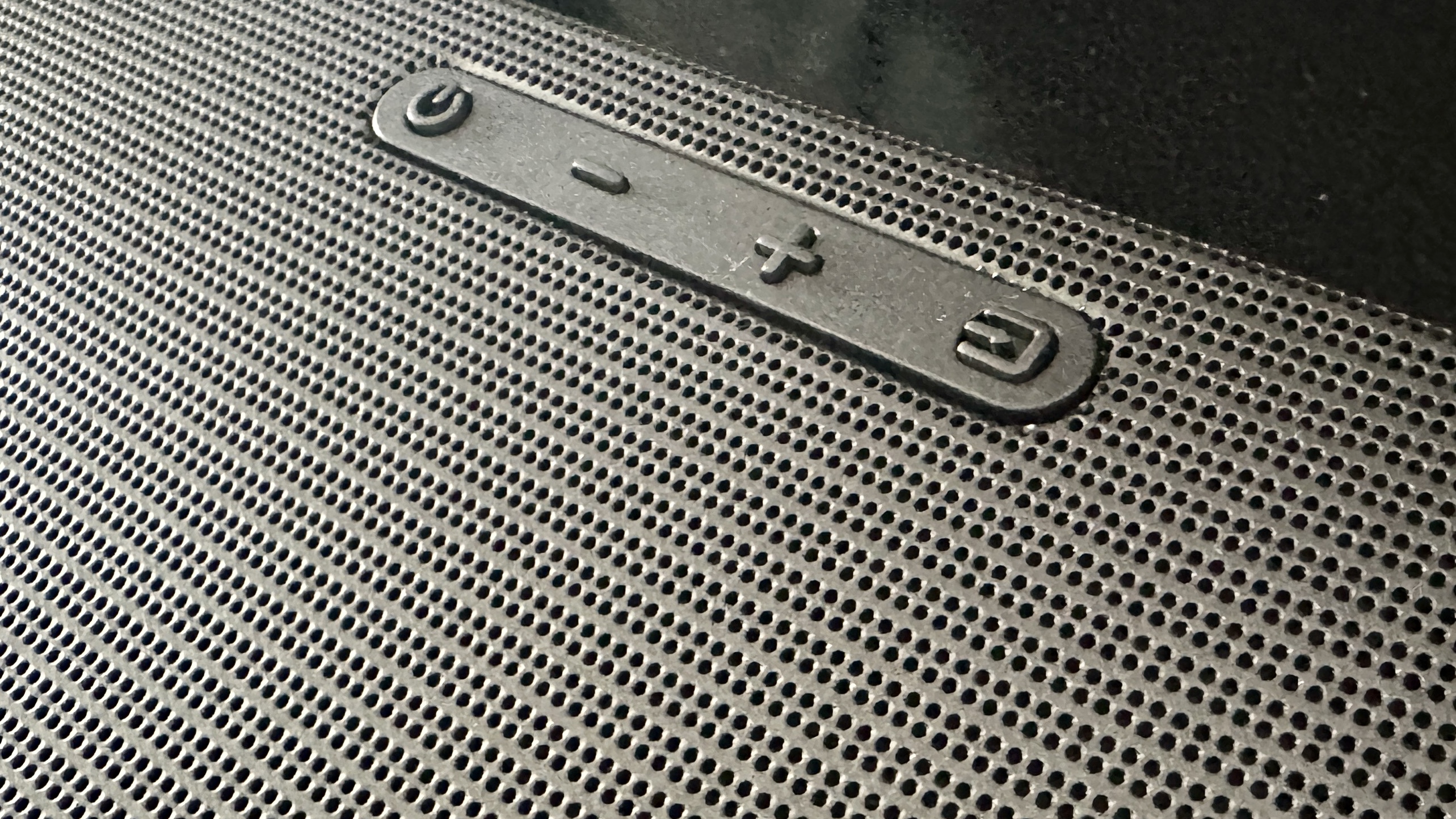
- Open, robust and quite detailed sound
- Well-supervised wallop from the subwoofer
- Limited 'height' aspect to performance
Given an opportunity to show what it can do by playing a Dolby Atmos-boosted 4K UHD Blu-ray disc of Jordan Peele’s Nope, the Samsung HW-Q600C is all business. There’s no teasing out different aspects of its performance over an extended listen – the Samsung is unequivocal, and will give you everything it’s got right from the off.
‘Everything’ in this instance turns out to be an impressively neutral, naturalistic tonal balance and a very decent amount of width to its presentation. Straight from the box, the subwoofer is altogether too confident – but it’s a matter of moments with the remote control handset to bring it under control. Once that’s done, the balance from the top of the frequency range to the bottom is smooth and convincing.
The Samsung is a spacious, confident listen that can organise a soundstage properly. The nature of this movie soundtrack means there’s plenty of emphasis given to spaces and silences as well as to actual sounds, and the left-to-right and front-to-back layout here is convincing. Effects move through these two planes with real positivity and, despite being outnumbered when it comes to the driver-count, the centre channel does good work in projecting even whispered dialogue to the front of the stage where it’s direct and easy to follow.
Once suitably balanced, the subwoofer proves quite an adept little performer too. It hits hard, sure enough, but its output is properly controlled and doesn’t just mindlessly thump along like less capable alternatives tend to. The attack of bass sounds is straight-edged and certain, and there’s plenty of detail and texture to go along with the out-and-out wallop.
In fact, detail levels are gratifyingly high throughout the frequency range. It seems likely that some of the drivers in the soundbar are tweeters, as high frequency response is crisp and bright, and in the midrange there’s plenty of character and expressiveness to voices.
What the HW-Q600C can’t do with any great positivity is generate meaningful height to the presentation. A lot of Nope concerns unknown things from above, but when described by the Samsung system ‘above’ becomes a very relative term. Even though I’m testing in a space with unremarkable ceiling height, the HW-Q600C struggles to position sound any higher than the top bezel of the 48in Philips OLED TV it’s accompanying, and consequently the overall presentation isn’t quite as immersive as you might be hoping.
Switch to a TIDAL-derived digital audio file of Cool About It by boygenius streamed via Bluetooth and the HW-Q600C loses just a little of its composure. The light and shade that’s apparent from the subwoofer when dealing with movies (even those parts of the soundtrack that include music) goes astray somewhat, and its inputs become a little hazy and monotonal. Rhythmic expression suffers as a result, and the upshot is that it’s hard to recommend the Samsung as a true all-rounder of an audio system.
Sound quality score: 4/5
Samsung HW-Q600C review: Design

- 56 x 1030 x 105mm (soundbar); 343 x 184 x 295mm (subwoofer) [HxWxD]
- 11.7kg (soundbar plus subwoofer)
- The perfect size to site beneath a 48-inch TV
Out where the mainstream shop is not the place to be taking risks where design is concerned - and Samsung is far too sensible and pragmatic a company to take any chances. So both the soundbar and the subwoofer that constitute the HW-Q600C are discreet (if you enjoy the way they look) or utterly unremarkable (if you don’t).
At 56 x 1030 x 105mm (HxWxD), the soundbar portion is almost exactly the same width as a standard AV rack and will fit nicely beneath a 48in - and it won’t start looking a bit lost until you try to pair it with something bigger than 65in. As the price strongly suggests, it’s made almost entirely from plastic - but it’s the sturdy, almost tactile kind of plastic I’m talking about, and as such is entirely fit for purpose. The front and top panels of the soundbar are perforated to allow the speaker drivers behind to do their thing, while the corners are racily angled to hint at side-firing drivers – alas, there are no side-firing drivers on board.
The subwoofer, meanwhile, is an equally manageable 343 x 184 x 295mm (HxWxD) – and the unassuming nature of its boxy design is enhanced by the fact that it communicates wirelessly with the subwoofer and so can be positioned anywhere you like (as long as it’s within reach of mains power). It’s built of vinyl-wrapped MDF with some acoustic cloth covering the forward facing driver, which is pretty much par for the course.
Uninspired (or, to be fair, safety-first) design does not, of course, mean that either element of this system is anything other than properly built and finished. This is Samsung we’re talking about, after all…
Design score: 4.5/5
Samsung HW-Q600C review: Setup and usability
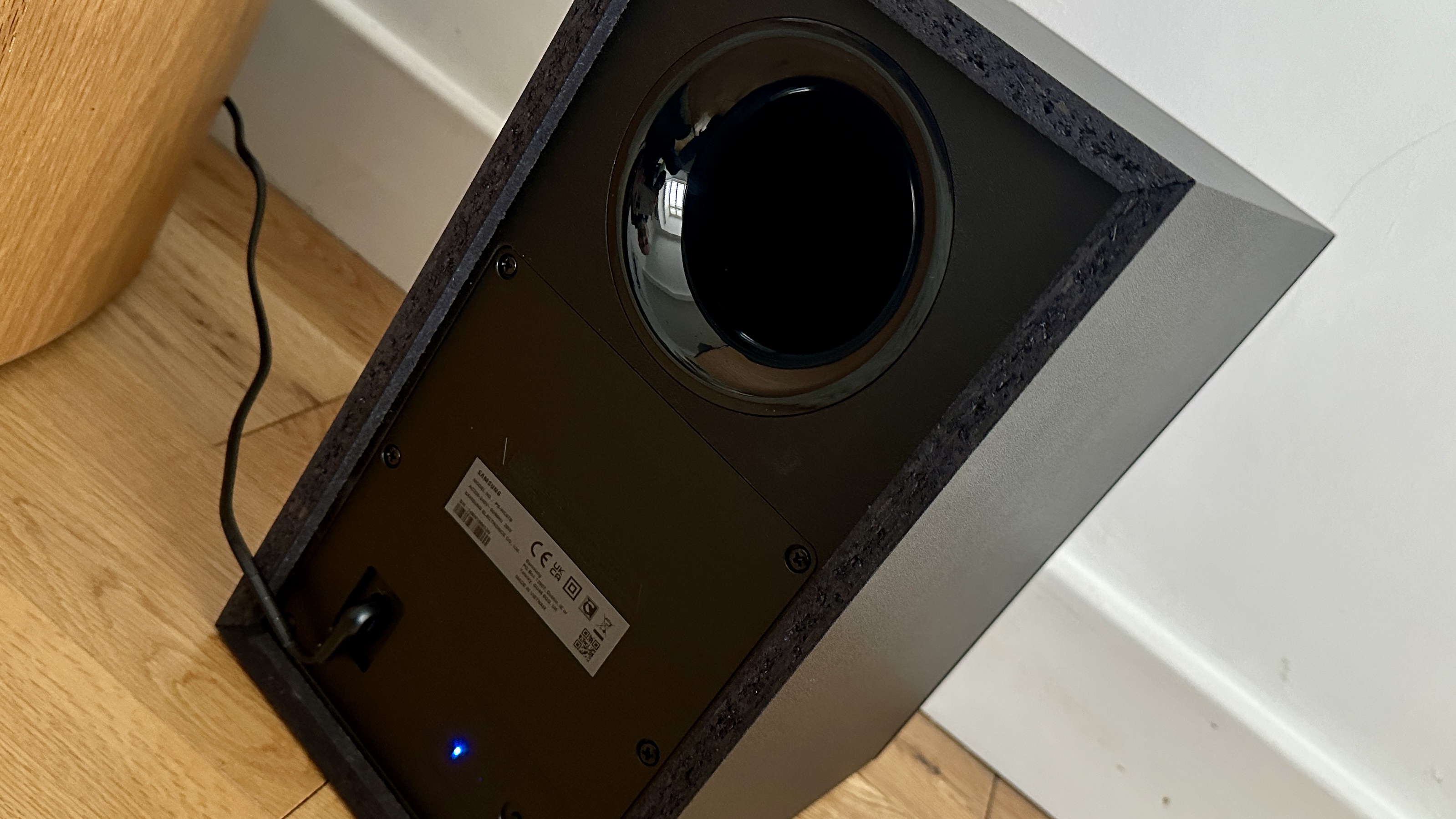
- Remote control handset
- Extremely brief on-bar display
- Plug-and-play to all intents and purposes
There’s really not a great deal to setting up the HW-Q600C. Both the soundbar and the subwoofer need connecting to mains power – from there, they should pair automatically but there’s a little ‘pair’ button on the subwoofer just in case that doesn’t happen. After that, it’s simply a question of making the relevant connection from the TV to the soundbar – most likely this will be done using the television’s HDMI eARC output, but you’ve the option of digital optical or the HDMI passthrough too if that’s more appropriate.
Usability, too, is of the ‘child’s play’ variety. The Samsung is supplied with a small, unremarkable but comprehensive remote control handset which puts you in charge of every function, from ‘power on/off’ via ‘initiate Bluetooth pairing’ to adjusting the output of each individual channel (including the subwoofer). Confirmation of exactly what’s what is available from a little dot-matrix display at the front/right edge of the soundbar - if you squint, and if you’re able to read the quick-scrolling information as it passes through its little window. There’s also access to volume control, power on/off and input selection via some physical controls on the top of the soundbar.
If you’re hoping for app-control, though, you’re out of luck. It’s possible to use Alexa with the HW-Q600C – but it involves quite a lot of to-ing and fro-ing with Samsung’s SmartThings app and the Alexa app. The determined user with an Alexa smart speaker can enjoy a little voice-control, though.
Setup and usability score: 4/5
Samsung HW-Q600C review: Value
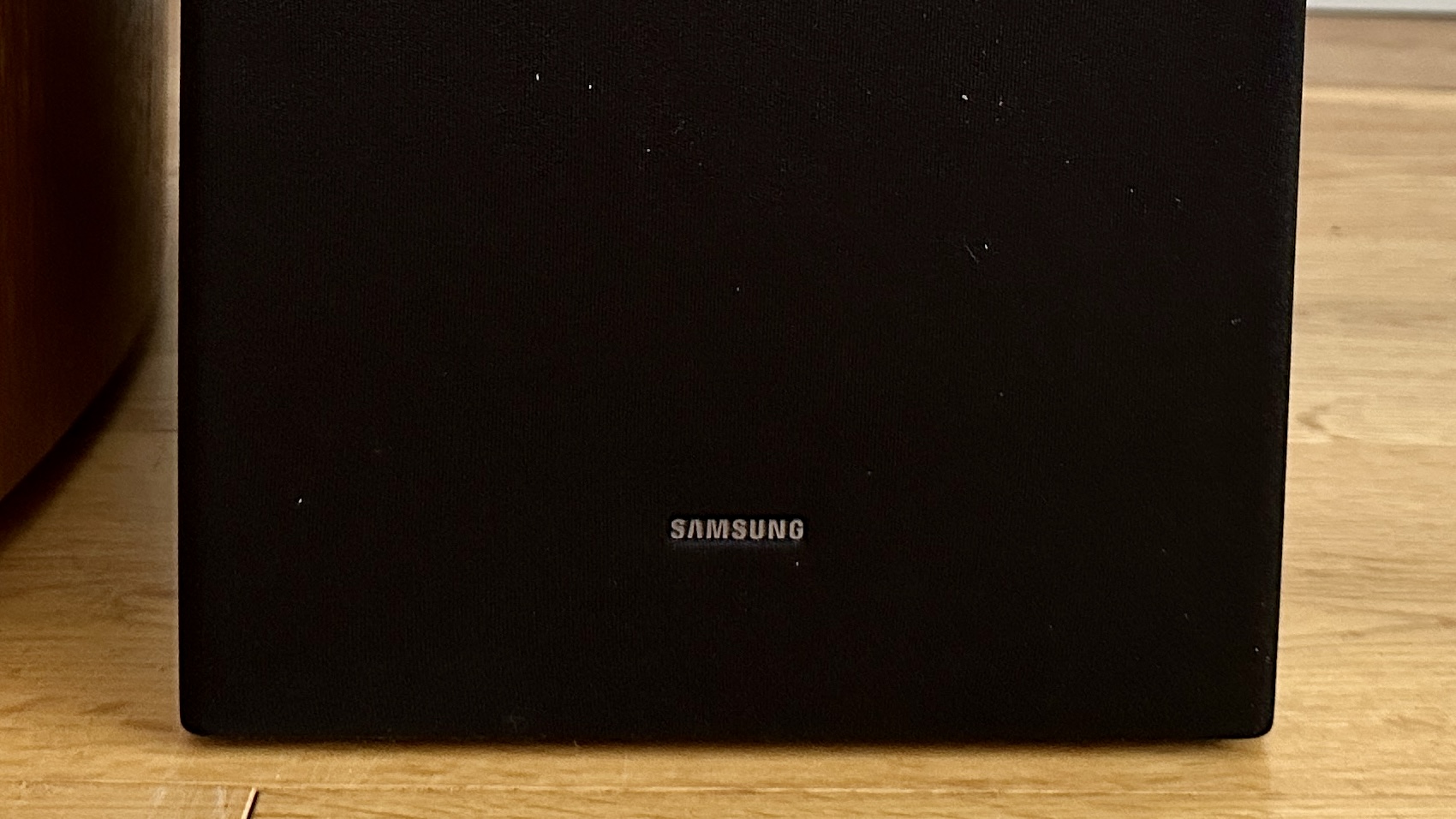
- Decent specification
- Properly made and finished
- Not quite a Atmos-y as it reckons it is
There’s plenty to like about the Samsung HW-Q600C, and in many ways it represents very decent value indeed. As is usual with Samsung products, build quality and the standard of finish are well up to par. Specification, too, is quite comprehensive at the price. The lack of wider control options will probably rankle with a few customers, but the bigger problem - and what makes this Samsung slightly less compelling value than it otherwise would be - is the relative lack of action where the ‘height’ element of a Dolby Atmos (or DTS:X) soundtrack ought to be.
Should I buy the Samsung HW-Q600C?
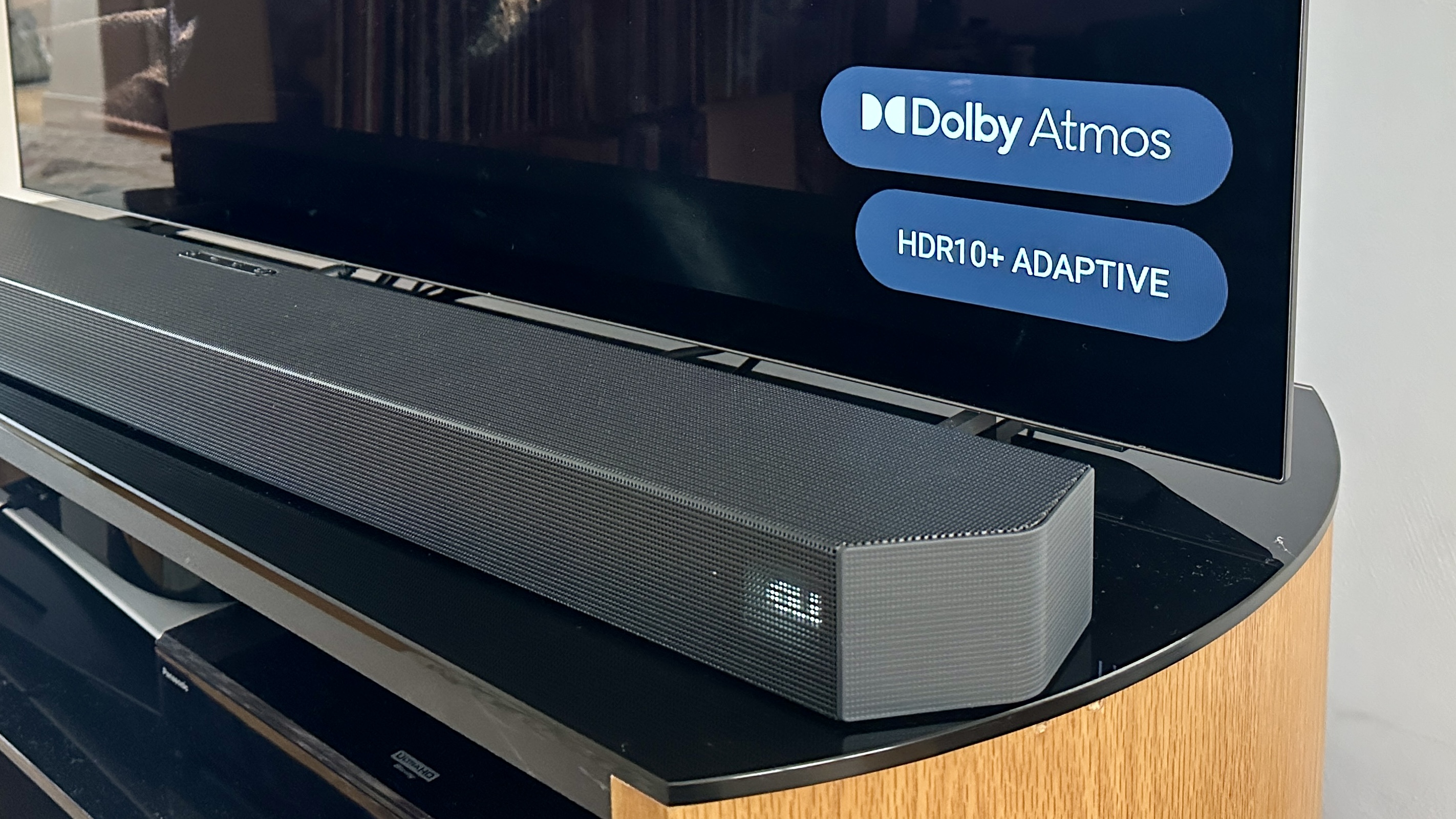
Buy them if...
Don’t buy it if...
Samsung HW-Q600C review: Also consider
How I tested the Samsung HW-Q600C
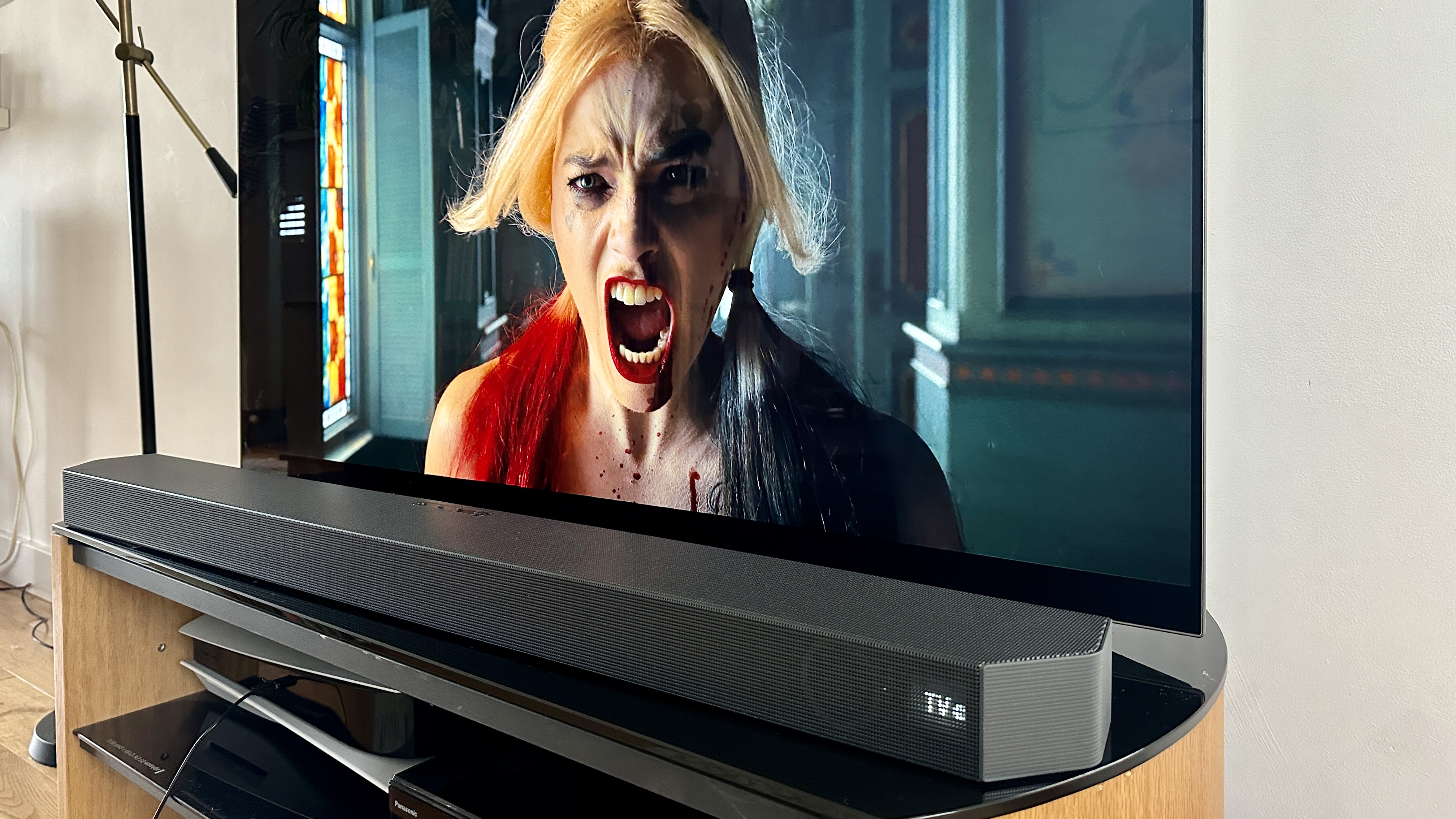
- Tested for over a week
- Used in conjunction with a Philips OLED TV
- Multiple styles of content
I positioned the soundbar element of the HW-Q600C in front of my 48in Philips OLED TV, and positioned the subwoofer next to the system rack the TV stands on. The sub and soundbar connect wirelessly, of course, and the soundbar was connected to the TV’s HDMI eARC socket. And there it stayed, for well over a week.
During the course of testing I listened to a variety of content, from bog-standard broadcast TV to Dolby Atmos soundtracks via a Panasonic UHD 4K Blu-ray player. I streamed content from Amazon Prime and Netflix, and even gave YouTube a shot (although the majority of YouTube content is compressed to the point of non-existence).
- Read TechRadar's review guarantee
- First reviewed January 2024
0 comments:
Post a Comment